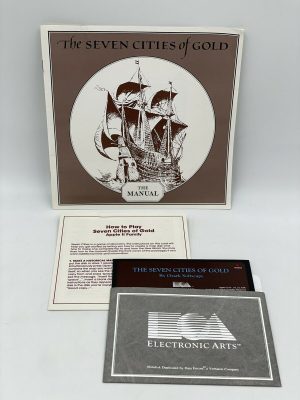Household Cavalry and Royal Regiment of Fusiliers Museums London
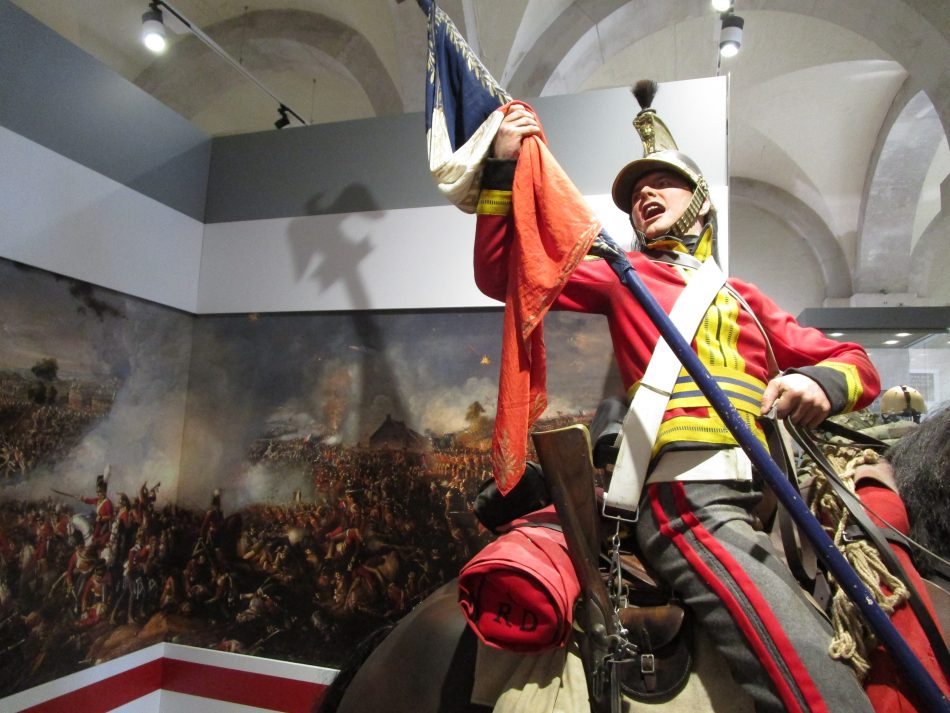
By Robert Kelly
Judging by YouTube and videos and photos from any tourist site, everyone who visits London seems to end up at Horse Guards to take a photo of the mounted troops on guard there. The reason there are so many tourists is because it is so centrally located. It’s not far from any of London’s attractions like Big Ben and Buckingham Palace. So do what I did.
Walk past the crowds, through the gate, and go around the corner to the Household Cavalry Museum (orange arrow). Or if you are walking up the Mall or through St. James Park from Buckingham Palace, cross the Horse Guards Parade directly to the museum (fuchsia arrow). Other nearby sites are circled in purple, such as the Mall, Churchill War Rooms, and 10 Downing Street.

 “I used to say of Napoleon that his presence on the field made the difference of forty thousand men.” – Arthur Wellesley, the Duke of Wellington
“I used to say of Napoleon that his presence on the field made the difference of forty thousand men.” – Arthur Wellesley, the Duke of Wellington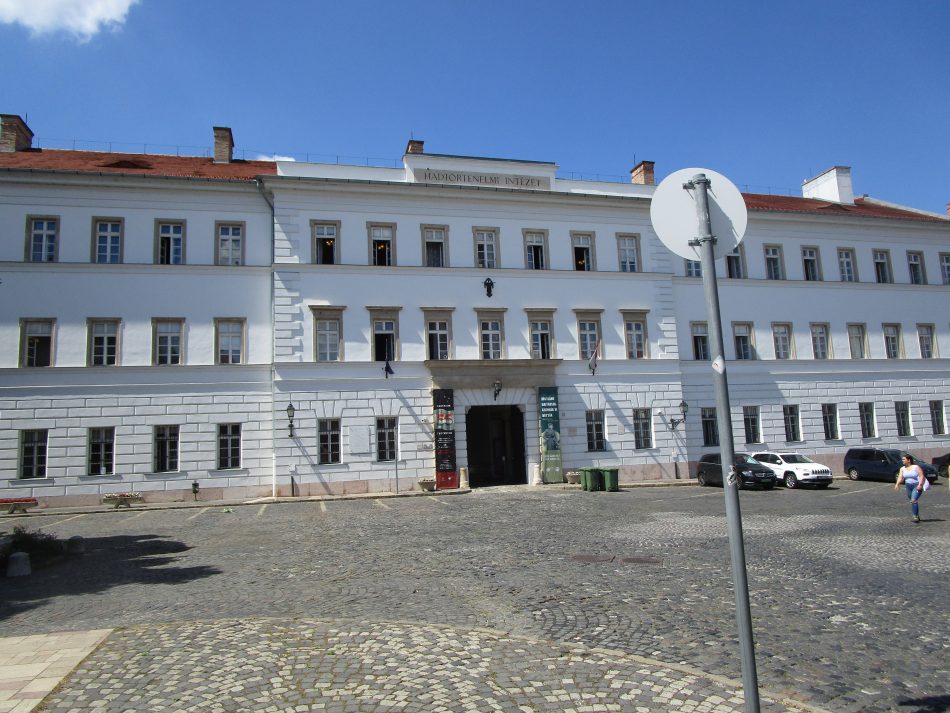
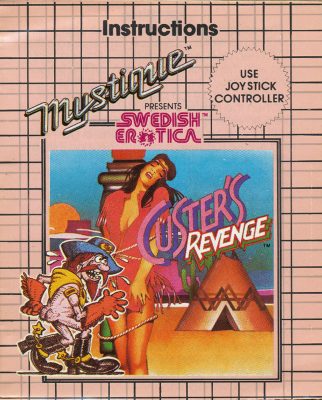 “This game is so bad it makes Superman 64 look like Doom.” — anonymous game reviewer
“This game is so bad it makes Superman 64 look like Doom.” — anonymous game reviewer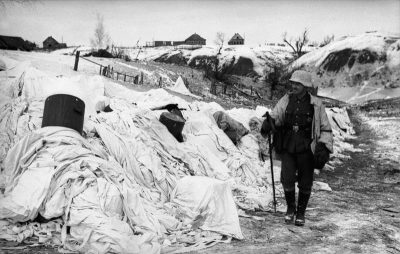 By David Garvin
By David Garvin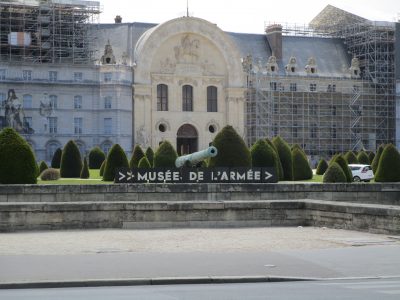 By Robert Kelly
By Robert Kelly